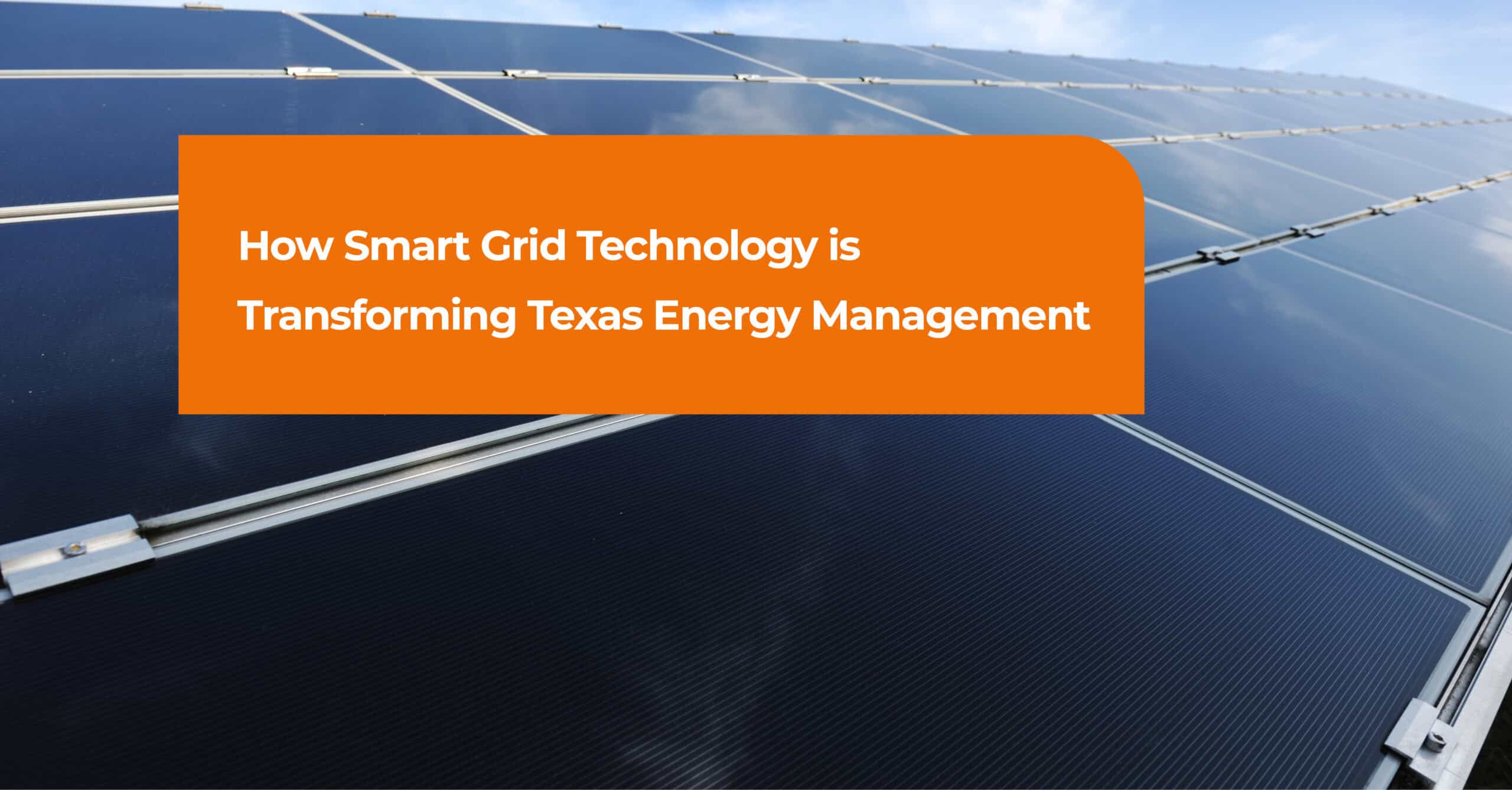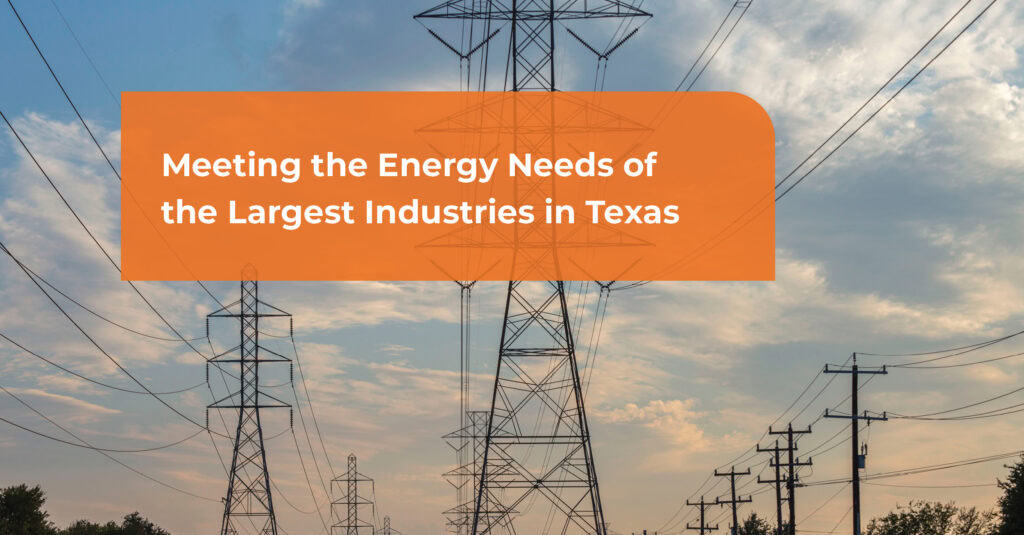
How Smart Grid Technology is Transforming Texas Energy Management
Texas, known for its vast energy resources, has been a leader in both traditional and renewable energy production. However, the state’s energy demands, driven by population growth, industrial expansion, and the increased integration of renewable energy sources like solar energy and wind energy, have presented significant challenges to its power grid. To address these challenges, Texas is embracing smart grid technology, which is fundamentally reshaping how energy is produced, distributed, and consumed across the state.
What is Smart Grid Technology?
Smart grid technology refers to an upgraded version of the traditional electricity grid, integrating digital communication and automated systems to manage energy more efficiently. It enables real-time monitoring of electricity flows, rapid response to changes in demand, and enhanced coordination of diverse energy sources, including renewables. With smart meters, sensors, and advanced analytics, the smart grid provides utilities and consumers with detailed insights into energy usage, making the grid more dynamic, reliable, and resilient.
For Texas, where energy production is spread across both traditional fossil fuel sources and renewable installations, smart grid technology is critical in balancing supply and demand, ensuring grid stability, and optimizing energy management in an era of growing environmental concerns.
Integration of Renewable Energy in Texas
Texas is a national leader in the adoption of wind energy, and its growth in solar energy is also significant. Wind power alone provides over 25% of the state’s electricity, and the use of solar energy is rapidly expanding. However, renewable energy sources come with inherent challenges: they are intermittent and weather-dependent, meaning that energy production from wind and solar can vary greatly throughout the day or season.
Smart grids address this issue by better integrating renewable energy into the grid. Through real-time monitoring and advanced forecasting, smart grids can predict when renewable energy generation will fluctuate and adjust other power sources accordingly. This flexibility allows Texas to maximize the use of renewables without compromising grid stability.
For instance, on a windy day in West Texas, smart grid technology can automatically allocate more wind power to urban centers like Houston or Dallas, reducing the reliance on natural gas or coal. Conversely, when renewable energy generation is low, the grid can quickly shift to other power sources to avoid blackouts or energy shortages.
Enhancing Energy Efficiency with Demand Response
Another major innovation enabled by smart grid technology is demand response. Demand response refers to the ability of consumers to adjust their electricity usage in response to grid needs, often incentivized by price signals or other benefits. By reducing or shifting energy use during peak demand times—such as hot summer afternoons in Texas—consumers can help balance the grid and reduce the need for additional power generation.
Smart grids facilitate demand response programs by providing utilities with real-time data on energy usage patterns and allowing them to send signals to consumers to adjust their consumption. In Texas, this is particularly useful during times of high electricity demand when the grid is under stress, such as during heatwaves or extreme weather events.
Through smart grid-enabled demand response, Texas can better manage peak demand without having to activate expensive and polluting “peaking” power plants, which are typically fossil-fuel-based. This not only saves costs for utilities but also lowers overall emissions, supporting the state’s growing commitment to cleaner energy.
Improved Grid Resilience and Reliability
One of the most critical benefits of smart grid technology for Texas is enhanced grid resilience. The state’s energy infrastructure has been tested in recent years, particularly during the 2021 winter storm, when millions of residents experienced extended power outages due to a combination of extreme weather, insufficient generation capacity, and lack of coordination in the grid.
Smart grids can improve reliability by quickly detecting and isolating faults, rerouting power, and preventing widespread outages. For example, smart sensors can detect a downed power line or an equipment failure in real-time, allowing grid operators to react immediately and prevent cascading failures. In extreme weather conditions, like heat-waves or cold snaps, a smarter grid can better manage energy loads, ensuring that power remains available to critical infrastructure and avoiding grid collapse.
Supporting Texas’ Energy Transition
As Texas continues to invest in renewable energy infrastructure, the role of smart grid technology becomes increasingly important. The state has ambitious goals to expand its solar and wind capacity, but achieving these goals requires a grid capable of handling the variability and geographic dispersion of renewable sources. Smart grid technology allows for better coordination between diverse energy sources, ensuring that renewables can be efficiently dispatched without destabilizing the grid.
Additionally, smart grid systems can facilitate the growth of distributed energy resources (DERs), such as rooftop solar panels, community solar projects, and energy storage systems. These systems allow consumers to produce their own energy and even feed excess power back into the grid. Smart grids enable this two-way communication, helping to create a more decentralized and sustainable energy model for Texas.
The Future of Texas Energy Management
The transformation of Texas’ energy management through smart grid technology is not just a technical upgrade—it represents a fundamental shift in how energy is produced, managed, and consumed. By integrating renewable energy sources like solar and wind, enhancing demand response capabilities, and improving grid reliability and resilience, smart grids are positioning Texas to meet the challenges of the 21st-century energy landscape.
As Texas continues to lead in both energy production and innovation, the widespread adoption of smart grid technology will be essential in balancing the state’s growing energy needs with its environmental responsibilities. With the continued expansion of renewable energy and the development of advanced grid management tools, Texas is on the path to a more sustainable, resilient, and efficient energy future.
Conclusion
Demand response in Texas is a critical strategy for managing the state’s energy consumption, particularly during periods of peak demand. As a state with high energy needs due to its hot summers and industrial activity, demand response allows Texas utilities to better balance the grid by encouraging consumers to reduce or shift their electricity usage during peak hours. Through VIOTAS Texas’ demand response programs, commercial, and industrial customers are incentivized to adjust their energy consumption in response to signals from grid operators, helping to prevent grid overloads and reduce reliance on costly peaking power plants. By integrating smart grid technology, Texas is improving the efficiency of these programs, allowing for real-time adjustments and more effective coordination between consumers and utilities, which enhances grid stability and lowers overall energy costs.



